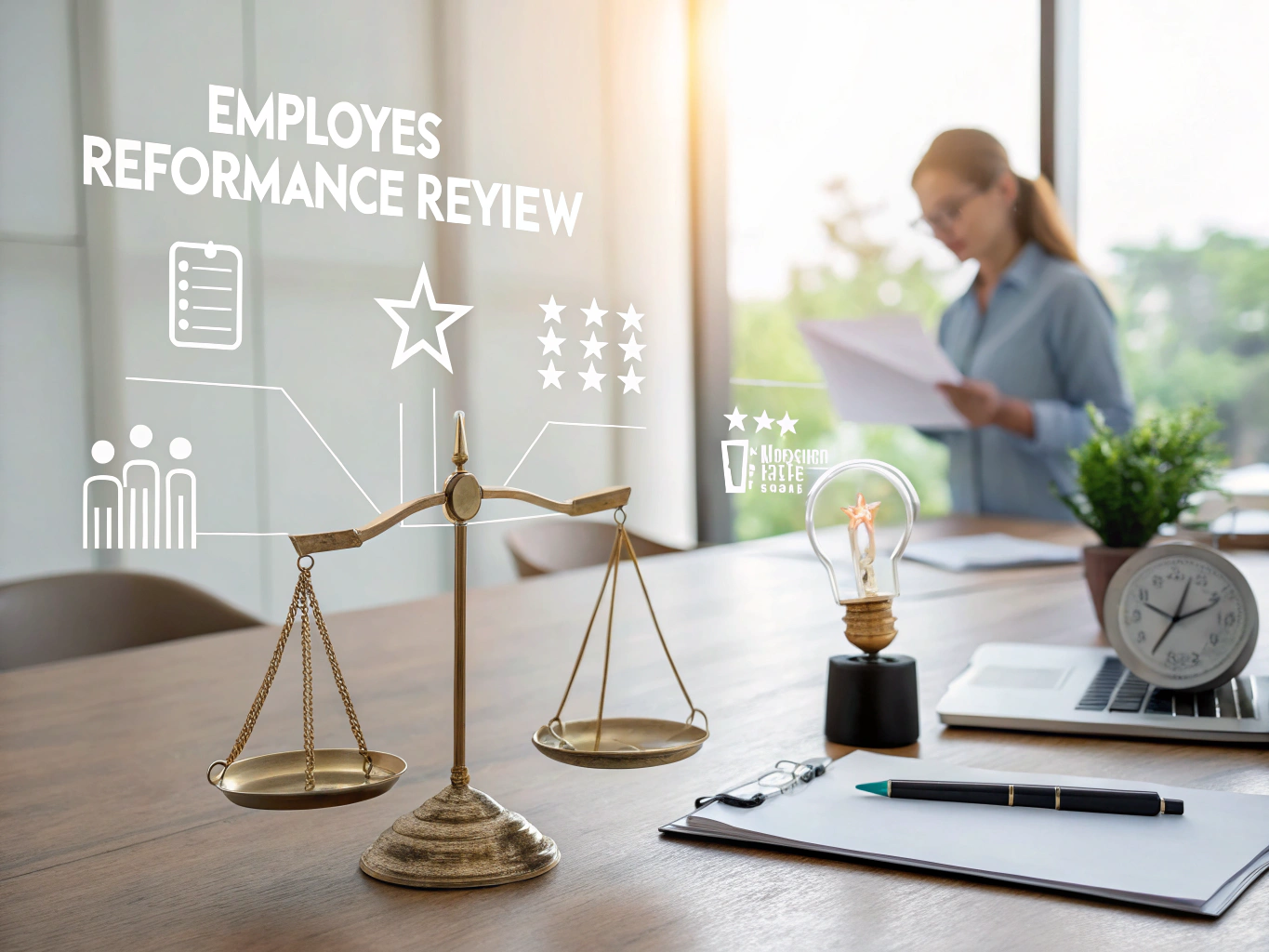Definition
The Employee Performance Review Policy is a structured approach that helps managers and supervisors assess how well employees are doing in their roles. This policy outlines how performance evaluations should be conducted, offering a fair and consistent framework for providing feedback, recognizing achievements, and identifying areas for growth. It’s all about fostering a culture where everyone feels supported and encouraged to develop their skills while contributing to the organization’s success.
Key Components
Understanding the key elements of an Employee Performance Review Policy is essential for creating an effective evaluation process. Here are the main components to consider:
- Performance Standards: Clearly defined expectations for each role help employees understand what success looks like. For example, if you set specific sales targets for a sales representative, they’ll know exactly what they need to achieve.
- Evaluation Criteria: Use a combination of quantitative measures, like sales figures, and qualitative feedback, such as peer reviews. This balanced approach ensures a well-rounded view of performance. For instance, an employee might excel in teamwork but need improvement in meeting deadlines.
- Regular Review Schedule: Establish a timeline for performance reviews—annual, mid-year, or quarterly—so that evaluations are timely and relevant. Regular check-ins can help employees stay on track and address any concerns before they escalate.
- Feedback Mechanism: Create a system for employees to receive constructive feedback. This could involve one-on-one meetings where managers discuss strengths and areas for improvement, ensuring the conversation is positive and focused on growth.
- Recognition and Rewards: Outline how you’ll recognize outstanding performance. Whether it’s bonuses, promotions, or simple acknowledgments in team meetings, recognizing achievements boosts morale and motivates employees.
Importance in the Workplace
Implementing a well-thought-out Employee Performance Review Policy is crucial for several reasons. First, it provides a transparent process that helps employees understand how their performance directly impacts the organization’s goals. For example, during a company-wide initiative to improve customer satisfaction, regular performance reviews can help identify which employees are excelling in customer service and which may need additional training.
Moreover, performance reviews create opportunities for open dialogue between management and staff. This communication fosters a sense of belonging and encourages employees to voice their ideas and concerns. When employees feel heard and valued, they are more likely to be engaged and committed to their work.
Best Practices
To effectively implement an Employee Performance Review Policy, consider these best practices:
- Prepare Ahead of Time: Both managers and employees should come to the review meeting prepared. Encourage employees to complete a self-assessment reflecting on their achievements and challenges. This preparation sets the stage for a constructive dialogue.
- Focus on Development: Frame discussions around employee growth rather than just evaluations. For example, instead of only pointing out areas for improvement, also discuss resources or training opportunities that could help the employee develop those skills.
- Make it Ongoing: Don’t wait for the annual review to discuss performance. Regular feedback throughout the year helps employees feel more supported and allows for timely adjustments to performance goals.
- Use Technology: Leverage performance management software to streamline the review process. These tools can help track goals, gather feedback, and document performance reviews in an organized manner, making it easier for everyone involved.
- Encourage Peer Feedback: Incorporating feedback from colleagues can provide a more comprehensive view of an employee’s performance. This peer input can highlight strengths that a manager might not see daily.
Legal Considerations
When developing your Employee Performance Review Policy, it’s essential to be aware of legal considerations to ensure compliance and fairness. For instance, avoid any discriminatory practices by ensuring that performance evaluations are based solely on job-related criteria. Additionally, maintain documentation of all reviews and feedback sessions, as this can be crucial in case of disputes or legal challenges related to employment decisions.
It’s also vital to communicate the policy clearly to all employees, making sure they understand their rights and the review process. Transparency helps build trust and reduces the likelihood of misunderstandings.
Conclusion
Understanding and implementing an Employee Performance Review Policy is not just about ticking boxes; it’s about engaging and empowering your workforce. By establishing clear expectations, fostering open communication, and recognizing achievements, you create a supportive environment that encourages professional growth. Remember, a well-structured performance review process can lead to happier employees and ultimately contribute to the overall success of your organization. So, take the time to refine your policy and watch how it transforms your workplace culture!




